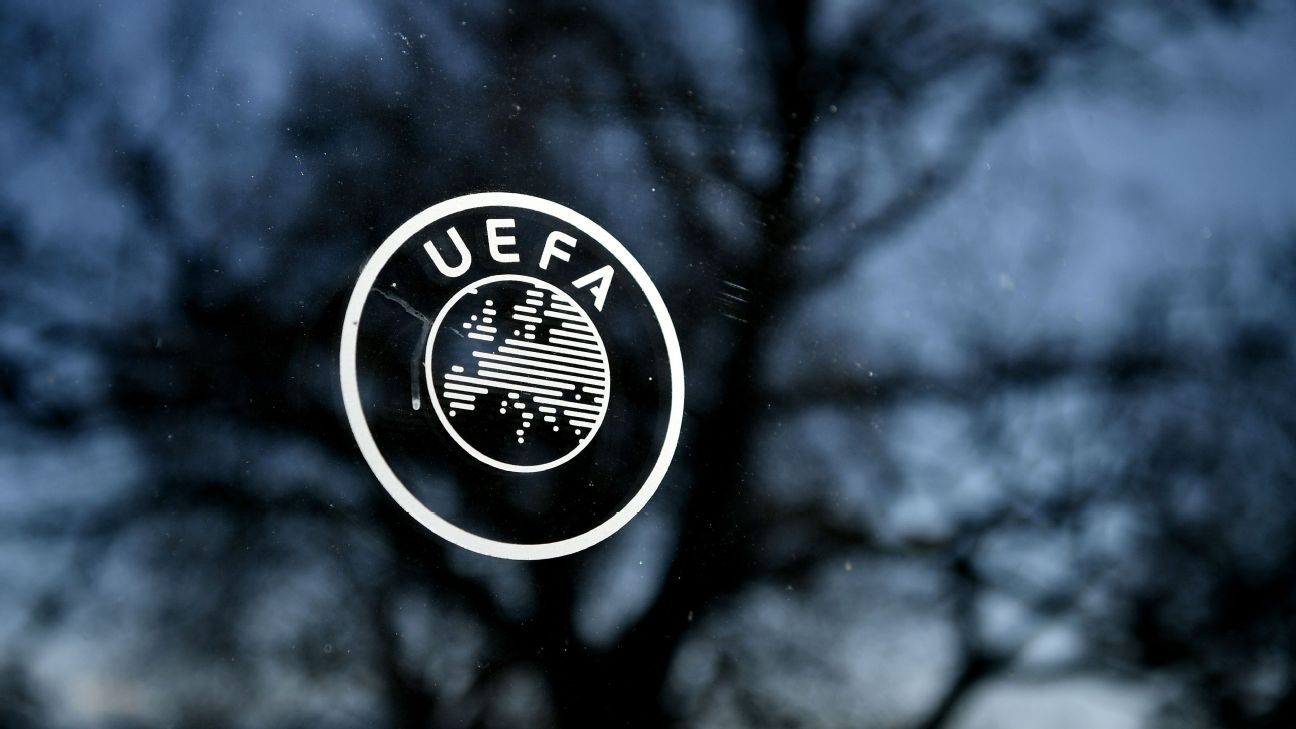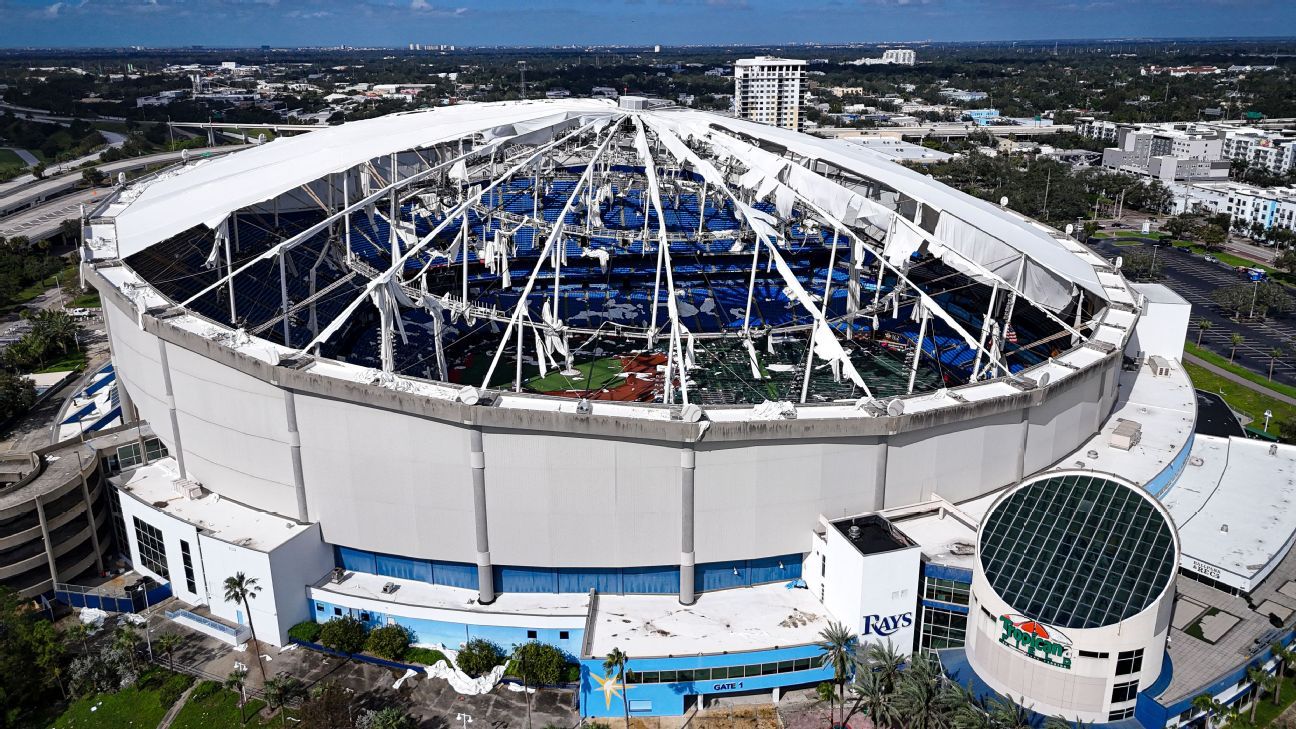
In the second of his regular columns, renowned physiotherapist and best-selling author Paul Hobrough examines Achilles tendinopathy – a problem which can afflict many a runner
WHAT IS ACHILLES TENDINOPATHY?
Some of you who have been running for a number of years will want to call this injury ‘Achilles tendonitis’, however it is more commonly known as ‘Achilles tendinopathy’ these days.
The primary reason for this is that there is barely any inflammation, if at all, within an injured Achilles. ‘Itis’ means inflammation and so this terminology was in fact incorrect, so it had to change.
Tedinopathy is a degermation of the proteins that form the collagen of the tendon, a much more accurate description of what is going on when we feel injury at the Achilles tendon.
There is a lot of dogma associated with what causes the tendon to become injured. Some say it is due to biomechanics, linked to varying opinions on pronation, while others say it can be down to poor footwear, overtraining, training errors, age, short calf muscles, long calf muscles.
I have even heard one person relate his Achilles trouble to the fact he carried a bottle in one hand when running.
The truth is, we don’t accurately know what causes a tendon issue, but in most cases it is due to ‘an unaccustomed load’ which frankly could relate to just about any of the reasons mentioned.
‘TENDONS ARE LIKE YOUR MOST BORING FRIEND – THEY HATE CHANGE’
This means that your tendon, in this case the Achilles, doesn’t like it when you ask too much or too little of it, so it may be just as bad to take on a large increase in training as it is to take a three-week holiday from running.
Most commonly I hear that a runner felt it was time to join a club and attempted a track session or hill reps for the first time. Then, two days later they feel their Achilles is sore and feels stiff in the morning.
The early warning sign of a stiff and sore Achilles first thing in the morning is quite a key factor to note.
The interesting thing is that, like DOMS (delayed onset muscle soreness) it takes about two days (36 hours to be precise) to show up after this unaccustomed load.
This is a key factor when discussing the road back to running with a patient as, whatever we try – be it a short run or some carefully worked out intervals – the resultant information from the body/ brain that the Achilles coped well or not takes on average 36 hours to show itself.
Therefore, running every day on a return from injury can be a bad idea. It is possible that after run one you feel fine so you go out again on the second day and, come day three, you are in agony.
That is just the first run’s soreness revealing itself. Wait until tomorrow, it will most likely be worse again.
THE FIVE BEST TIPS FOR ACHILLES TENDINOPATHY
Some eminent scientists who have made the mysteries of the Achilles tendon their focus are Cook, Purdham and Malliaras. Their work from 2009 changed the way we looked at the tendon and we have been developing the science ever since.
Here are their take home messages on the Achilles:
1 Be sure to increase your training load over several sessions gradually. Tendons respond best to gradual increases in load and by doing so can reduce the chances of developing Achilles tendinopathy.
2 Avoid active stretching of the calf and Achilles when symptoms are present. This may cause a compressive load on the Achilles tendon and increase symptoms. A good alternative is using a foam roller to release the calf.
3 Don’t let your pain linger for weeks. If the Achilles pain is not settling, see your physiotherapist for an individualised programme.
4 Do not have complete rest from your exercises. Tendons do like load and finding alternative forms of exercises can be beneficial.
5 Ensure your rehabilitation progresses to incorporate the highest level of load required by your Achilles tendon.
THE BEST METHOD FOR EXERCISING THE ACHILLES
Weeks 1-2: Isometric calf raise
45 seconds x 3-5
The isometric calf raise is a static calf raise. Raise up onto your toes on the affected leg and hold still for 45 seconds.
Depending upon your ability/tolerance of the exercise repeat this three, four or five times with two minutes rest between. ONLY ON ALTERNATE DAYS. Remember the rule of 36 hours.
Weeks 3-6: Heavy Slow Resistance (HSR)
15 repetitons x 3-5
Heavy slow resistance is a full calf raise, both up and down, but very slowly and evenly across the movement.
From the floor at first, lift up to the top of your tiptoes over four seconds, do not pause at the top and lower down over four seconds again.
After two weeks of this, move to a step and, when lowering down, keep going until your heel has dropped off the edge of the step about as far as is comfortable.
Because of the increased distance, now opt for six seconds up and down for the remaining four weeks. Rest for two minutes between sets. As with all of this rehabilitation, only ever do this on alternate days.
The key to this is the word HEAVY. You need to add weight (a rucksack with cans/weights in works well). You must be overloading the tendon sufficiently. In fact, if you do this correctly, you shouldn’t really be able to manage all 15 reps of the last one or two sets and have to settle for 13 or 14 reps.
Weeks 7 and onwards: Eccentric calf raises
15 reps x 3-5
Eccentric work is the lowering movement only, so not really a raise at all – in fact, the purpose is to remove the raise part from the exercise. Start on your tiptoes on the step, lower slowly as before with HSR, over six seconds.
Once you reach the bottom of the movement, return to the start with your unaffected leg, so the injured side does no work to get to the top, or at least work up with both legs.
As you move from HSR to eccentric loading, the weight carried must go up, you can take a much bigger load when all you have to do is lower down slowly, plus it can increase strength moreso than the upward concentric movement.
Once again alternate days only and this should be very hard indeed.
The common mistakes with this sort of tendon loading is not making the exercises either heavy enough or slow enough. The devil is in the detail of how you do the exercise rather than simply doing it and going through the motions.
If all else fails there is always shockwave therapy – an acoustic and physical wave that passes into the tendon and helps to regenerate the tissues through a stimulation of the fibres within the tendon.
A great deal of scientific work has been done by the likes of Rompe, Knobloch, Leal and Gerdesmeyer with Rompe’s keynote paper demonstrating an 82% success rate of shockwave therapy for the treatment of Achilles tendinopathy.
So remember, when all seems lost, when the Achilles pain is forcing to stop you running, then there is an answer – do the rehabilitation correctly, with forensic accuracy and to stick to the plan.
Build up your training gradually over several sessions and you get rid of the moaning from your most boring friend.
ASK THE PHYSIO
Each month we will be asking for readers’ questions to ask Paul for his expert answers and treatment advice. If you have an injury problem you need solved or any sort of physio query, please send your questions via our social media channels, using the hashtag #AWaskthephysio















 Phone: (800) 737. 6040
Phone: (800) 737. 6040 Fax: (800) 825 5558
Fax: (800) 825 5558 Website:
Website:  Email:
Email: 






